Exploring Grand Staircase-Escalante National Monument
After staging multiple adventure trips throughout the Southwest US over the past 34 years, we finally got our chance on the Escalante River.
Photos & text by Tom Bartels
All four in our group had spent time in the canyon backpacking in the past, but never on the Escalante. One of the main reasons is that it runs so sporadically, and you have to leave on a moment’s notice if you’re going to use conventional boats.
Alpackarafts are anything but conventional. They allowed us to run the stretch from Egypt Canyon to Crack in the Rock at an average level. Of 7 cfs on the river guage at the Escalante Bridge. That’s not a typo – 7cfs on the guage. By the time the river gets to Egypt Canyon, it’s about twice that flow due to other tributaries between Escalante and Egypt, so the actual flow was around 14cfs or so.
We had seen the water level surge the week before we were to launch, and later heard of a family getting into trouble due to high water and no local knowledge of the two mandatory portages, one of which they tried to run, which led to them losing most of their gear and an eventually leaving the canyon via helicopter evacuation!
We had a seamless trip, filled with the awe one can expect in this desert labyrinth, paddling 40 miles of the river over six days. Great Trip!
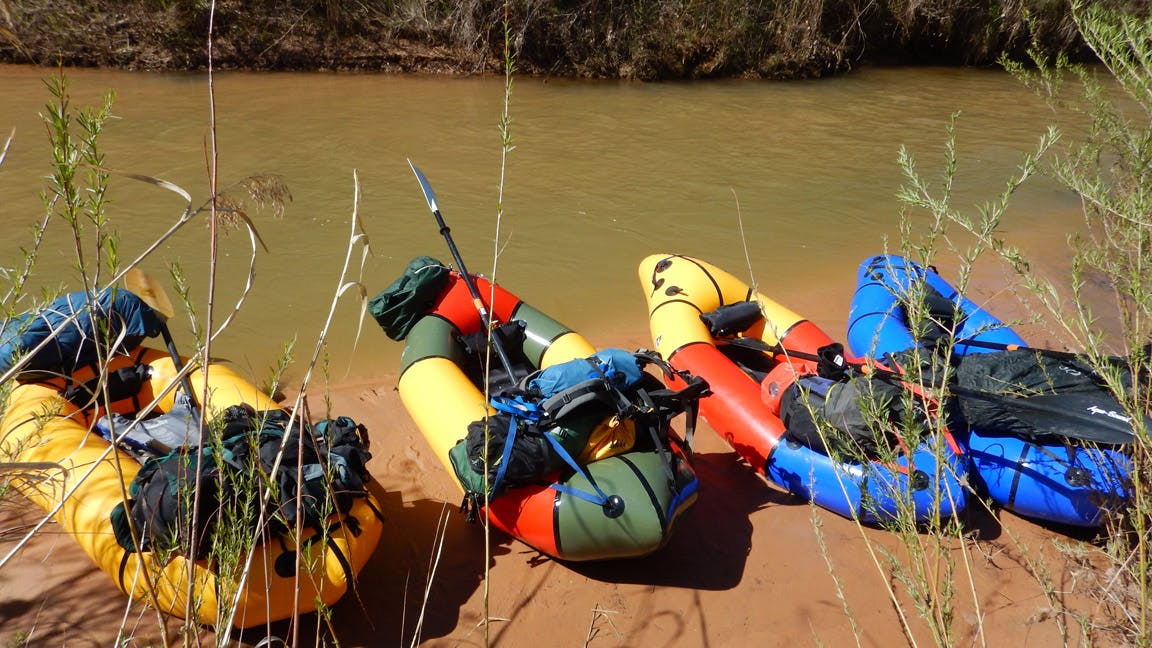
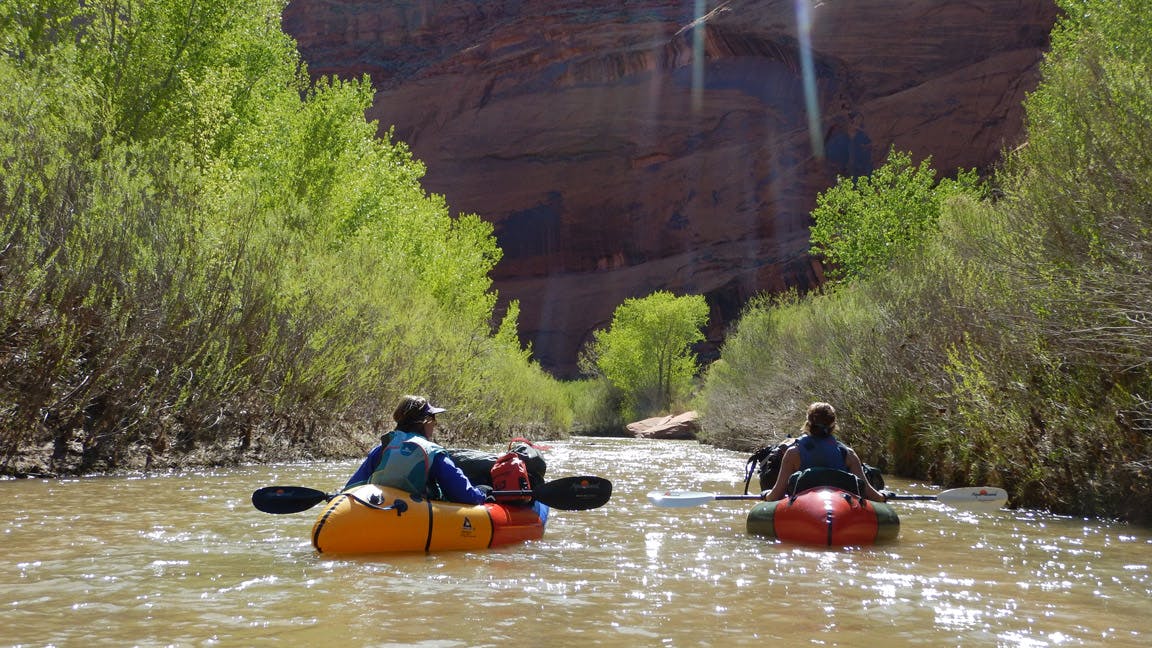
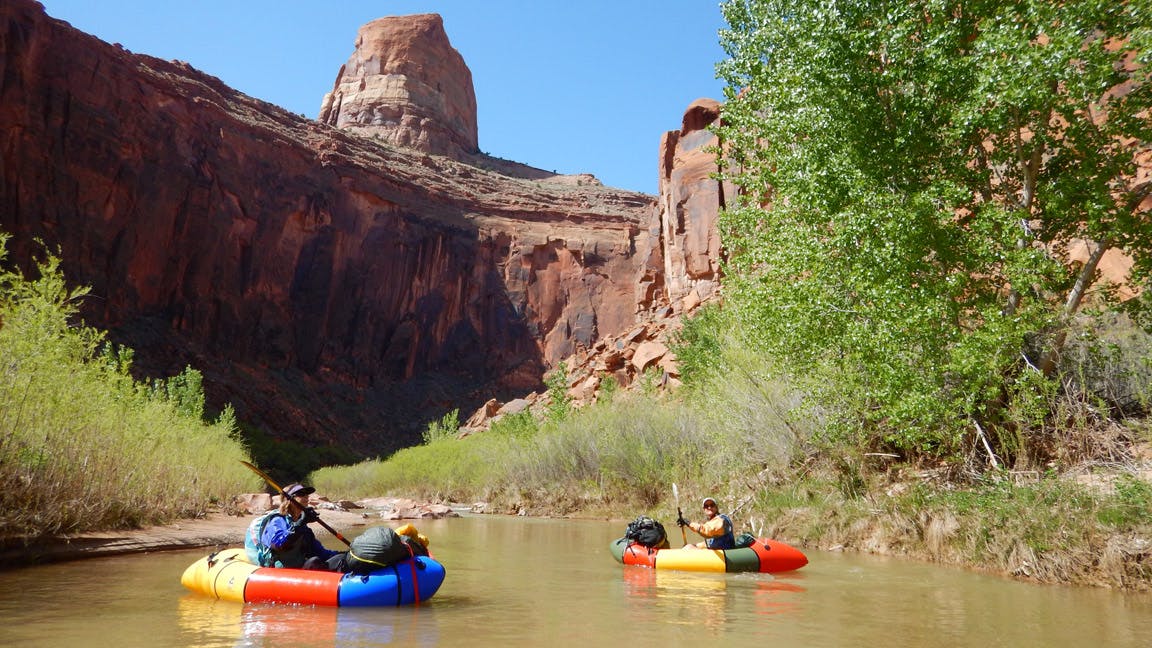
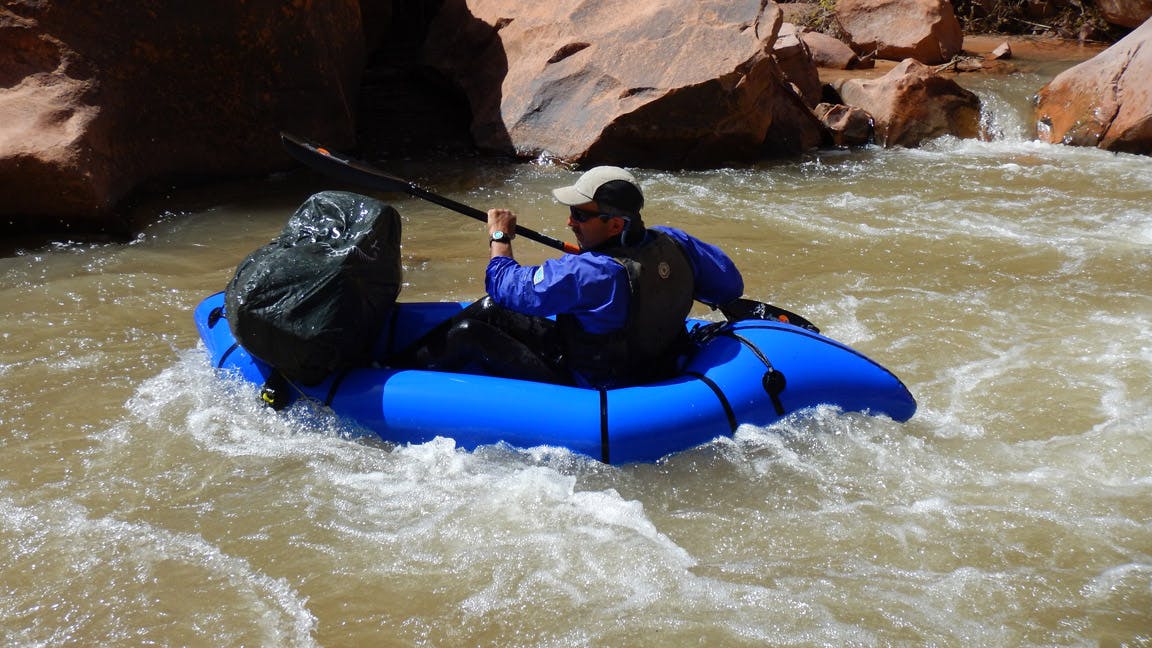
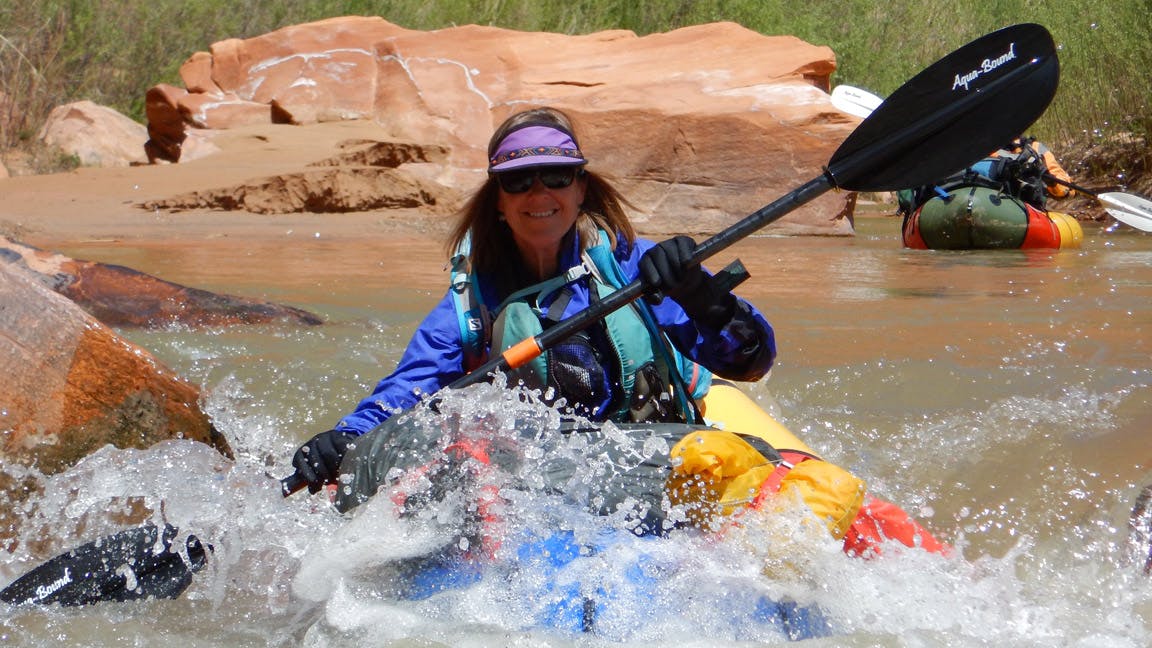
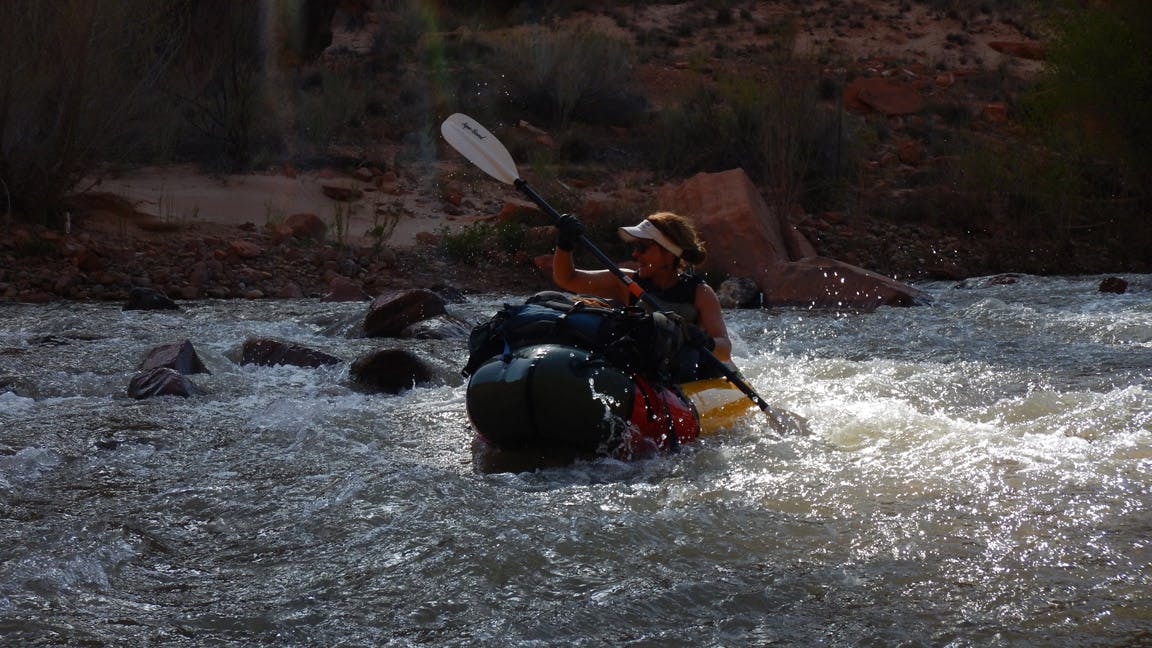
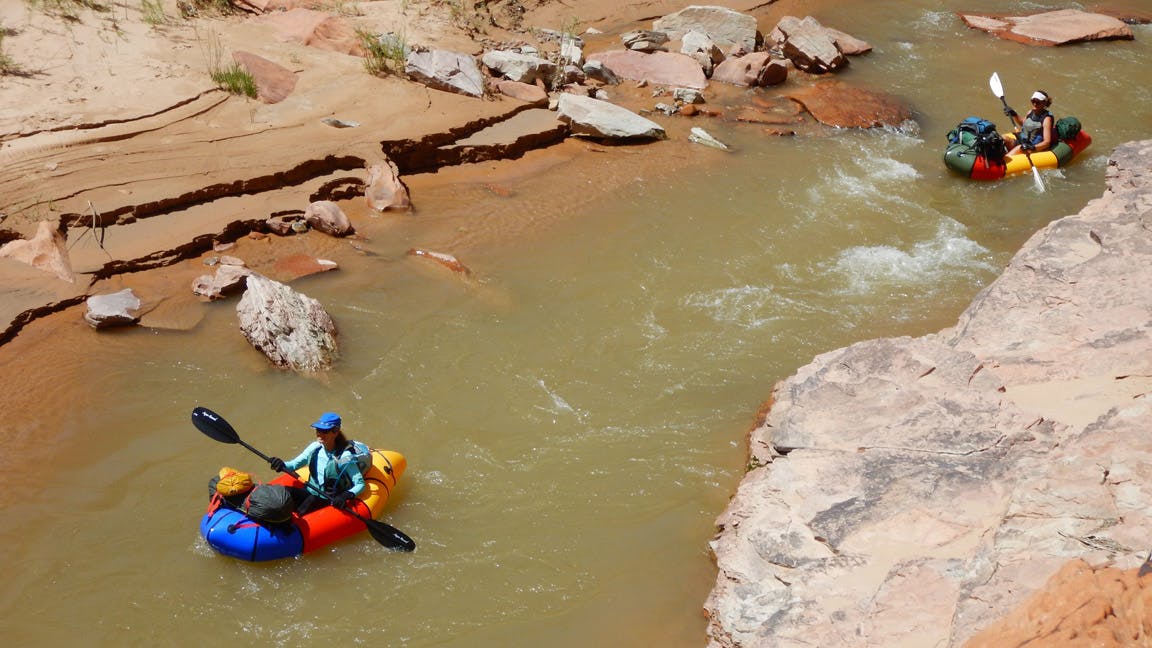
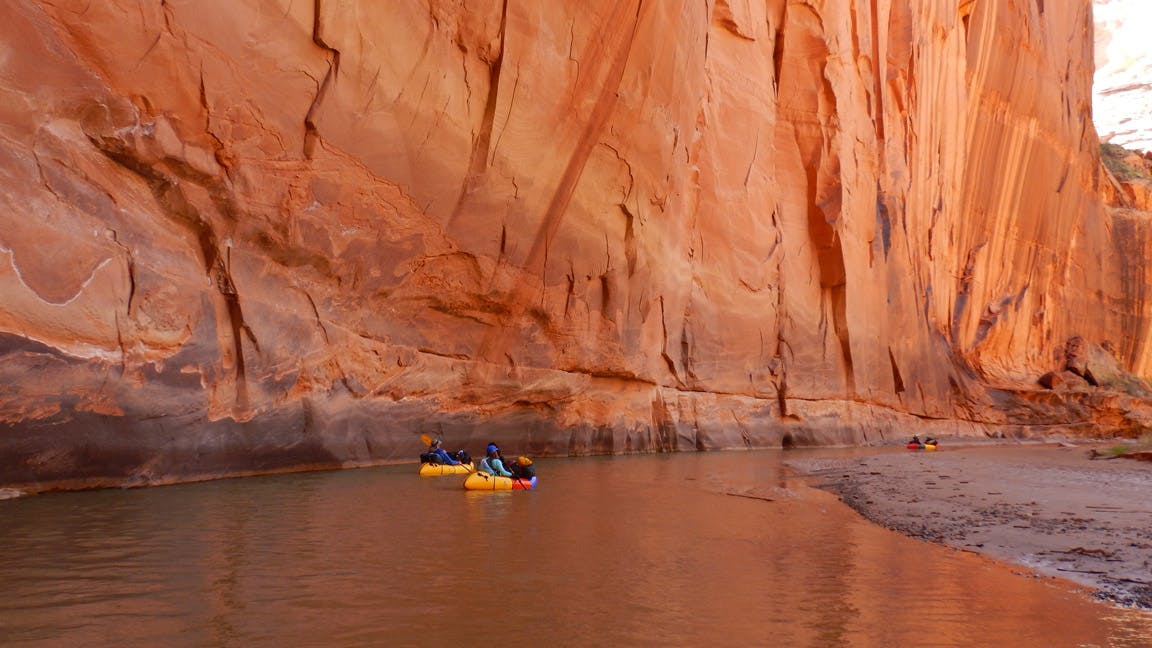
Tom Bartels has lived in Durango, Colo., since 1983 and has spent most of that time producing various environmental media projects on radio, TV, and the web. His most recent project is an online video curriculum site that teaches people how to grow high-density organic food at home in smaller spaces, with less work. Check out his website: GrowFoodWell.com